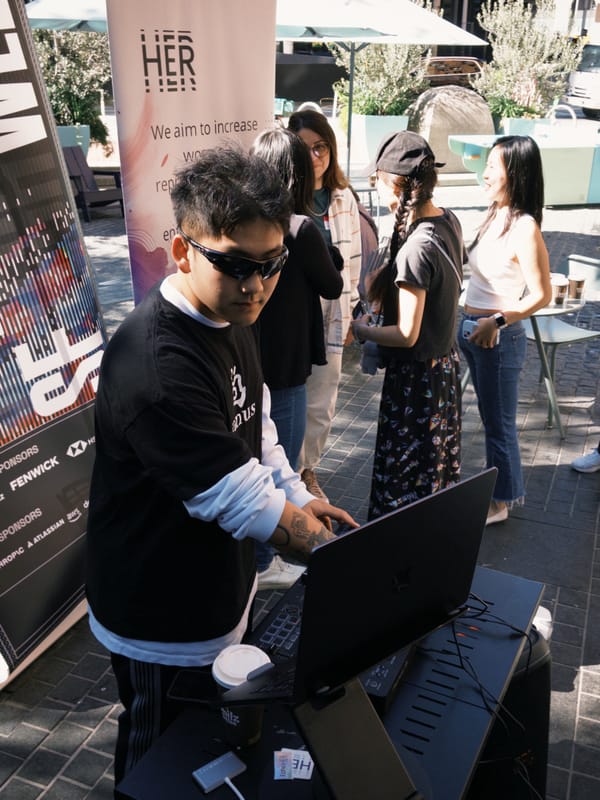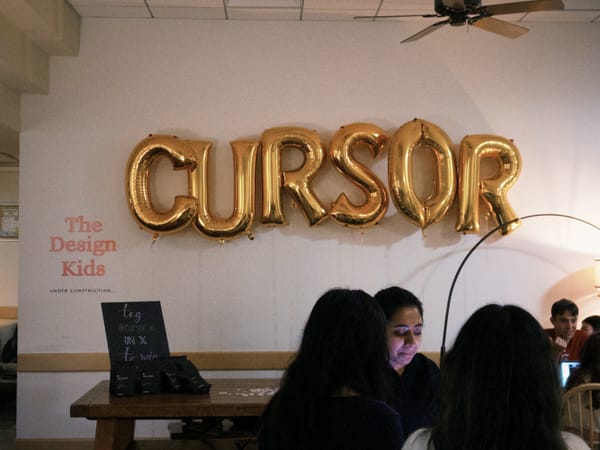SF Tech Week 2/7: Navigating Scaling through the Early Stages
2 of 7 during SF tech week, I shared my reflection on Lovable's GTM strategy and bolt.new's growing journey
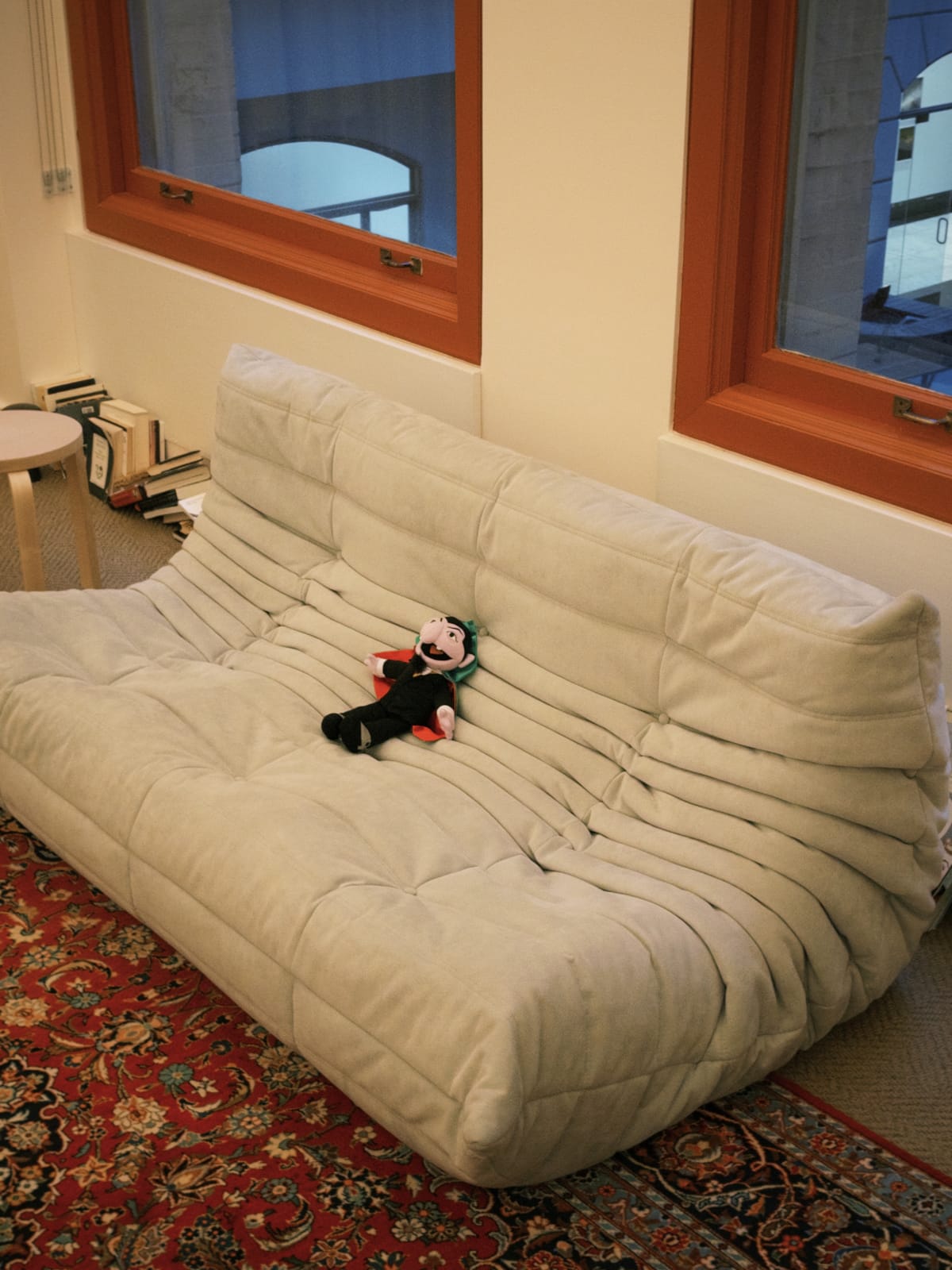
4 events second day and 4 on the third, the past two days are way too insightful, with all the info and insights mindblowingly packed. Let me just lineup how crazy is the talent density in SF during tech week.
- Keynote
- Eric, CEO bolt.new
- Elena, Head of Growth at Lovable
- Events
- Ian, Early engineer at Cursor (the 6th guy at Anysphere)
- Head of Marketing at Gamma (right after the big show at ferry building)
- Meetups
- Founding Marketer at Glue
- Wesley, Stealth Founder who just quit after 4 years in Google
I’ll just be real honest I’m still in a lil star struck mood and couldn’t fully jot down the notes during the events but here’s some pieces and my reflection afterwards:
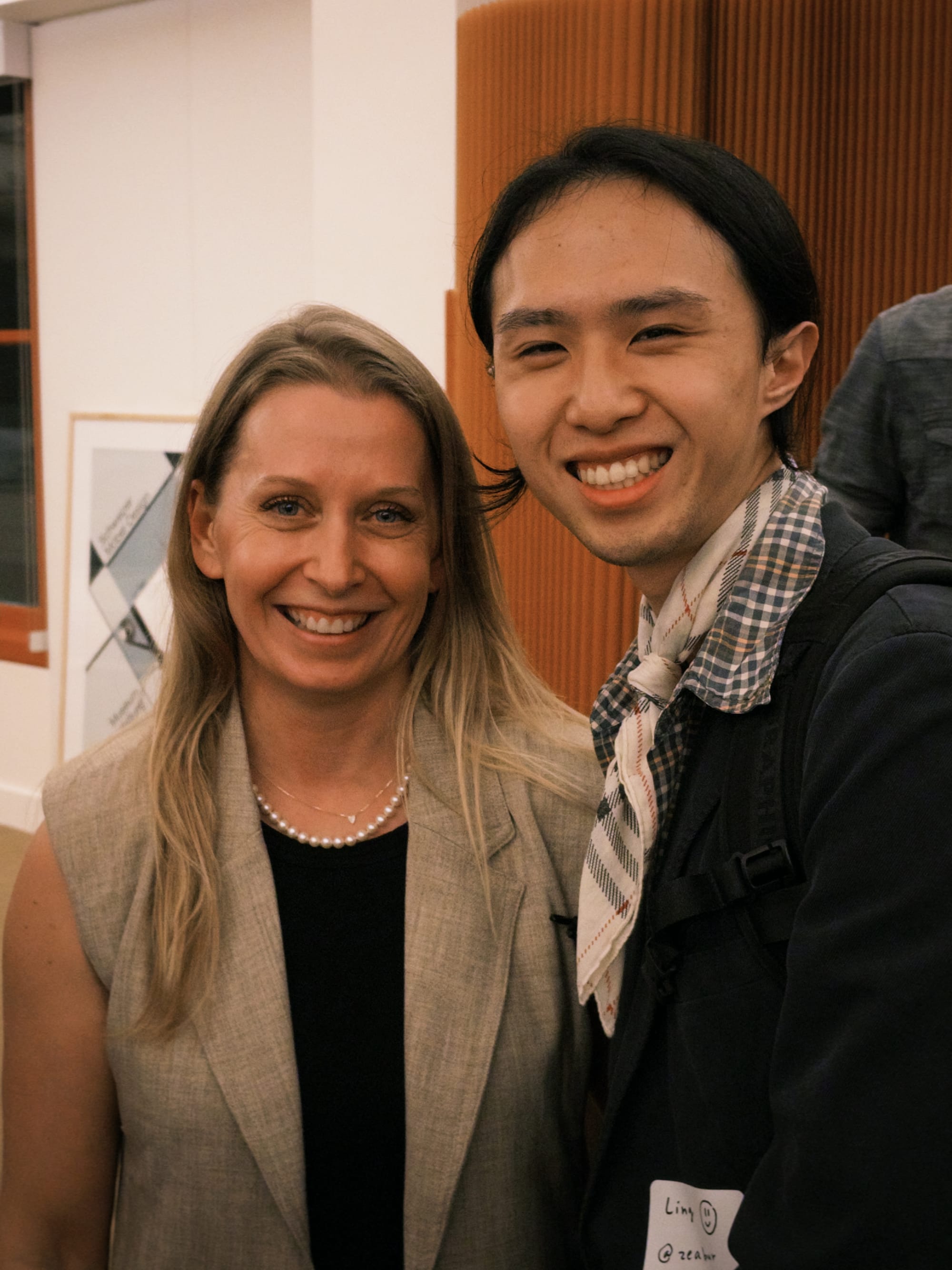
Gorilla Marketing is Back, Reshaping Traditional Growth
“There’s no playbook for scaling”
Elena, Head of Growth at Lovable currently, quoted this during the session, and saying that we are now back in the Gorilla marketing days now. After spending years in the big names including Miro, Dropbox, SurveyMonkey and had adviced all the big techs, she mentioned that there’s two thoughts to keep in mind while rolling out the growth under current time.
- Be comfortable of building in public
- Have trust in teammates and on how they are representing your company
We are in a time where people have been building and shipping products in days or weeks, the information transparency and iteration not just in products but upon growth are much more important than any other time. Founder branding has become a must for every early stage team.
Product-led Growth is Hard then Ever, Freemium is Still a thing
With all the AI natives reshaping the SaaS business modals and pricing strategies, organic product-led growth had become a real tough challenge for every marketer to solve. Instead of heavily invested in paid ads and search ads, Elena highlighted that Lovable was focusing more on influencer marketing and community nurturing.
“Instead of spending crazy budget on ad agencies and platforms, we’d rather give the money back to our users in the form of credits or other rewards“ — This is her take after launching the Lovable online builder billboard and all the events sponsorships.
One thing often comes alongside PLG is the Freemium modal, which Elena mentioned is still a thing (and prob a must) under this day and age. Although looking back at Lovable’s marketing budget you can see 60% of the cost goes to freemium, but it still has to be there. Again, by giving to the users for an organic growth instead of spending on ads, this is what Lovable has been doing since day 1.
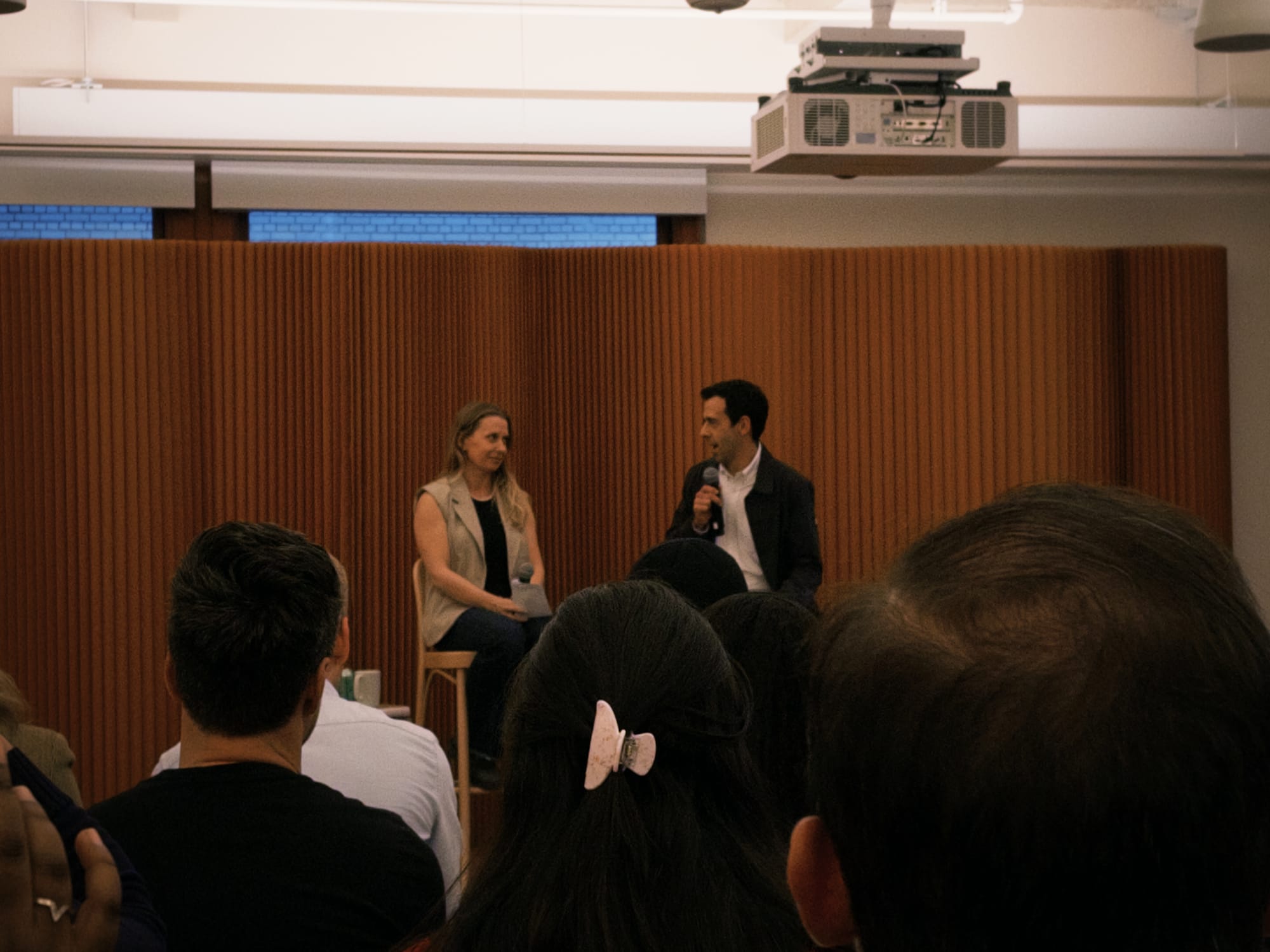
Sustaining Lifecycle with Engagement Campaign and Community
Elena addressed a bit on the difference between client lifecycle between B2B and B2C SaaS, and what’s the practice that Lovable has been using.
- B2B heavily relies on the words-of-mouth loop, through connection and referral from one to another in the same vertical
- B2C generally comes from a seed base of audience, which you sometimes have to start on your own
With that sense, when Lovable first started with content posting, they will initiate the virality internally, like having the team go under the post and boost it. At the same time they’ve been working with some of the core users from day one, Elena did mention that they have a community manager since early stage overlooking it. She encouraged every team to just open up a discord channel and go along with it, it will eventually convert into tractions.
Another take on the customer life time value is the constant engagement with current user base. However in current AI native days, the start of the engagement, known as the activation stage, is simply the quality of the agent, literally just the little box where users prompt.
Her take on this is to stretch out the entire user journey, with the intention of pushing the users into completing the reward loop cycle, e.g. after building websites with lovable, notify the user that they might need to email their audiences etc.
“Not just build with lovable” but “roll out apps with Lovable”, then here comes in the value statement on that shift. But once again, the logic trap here is that your product has to be retentive by nature, which can’t be changed by growth hacking tactics. The touch points should be align from the start of the app.
Oh and one last thing when it comes to what all marketers concern about, “We don’t measure ROIs on community marketing lol” that’s what Elena said during the QA.
Mentality of Founding the Consumer Facing AI Natives App
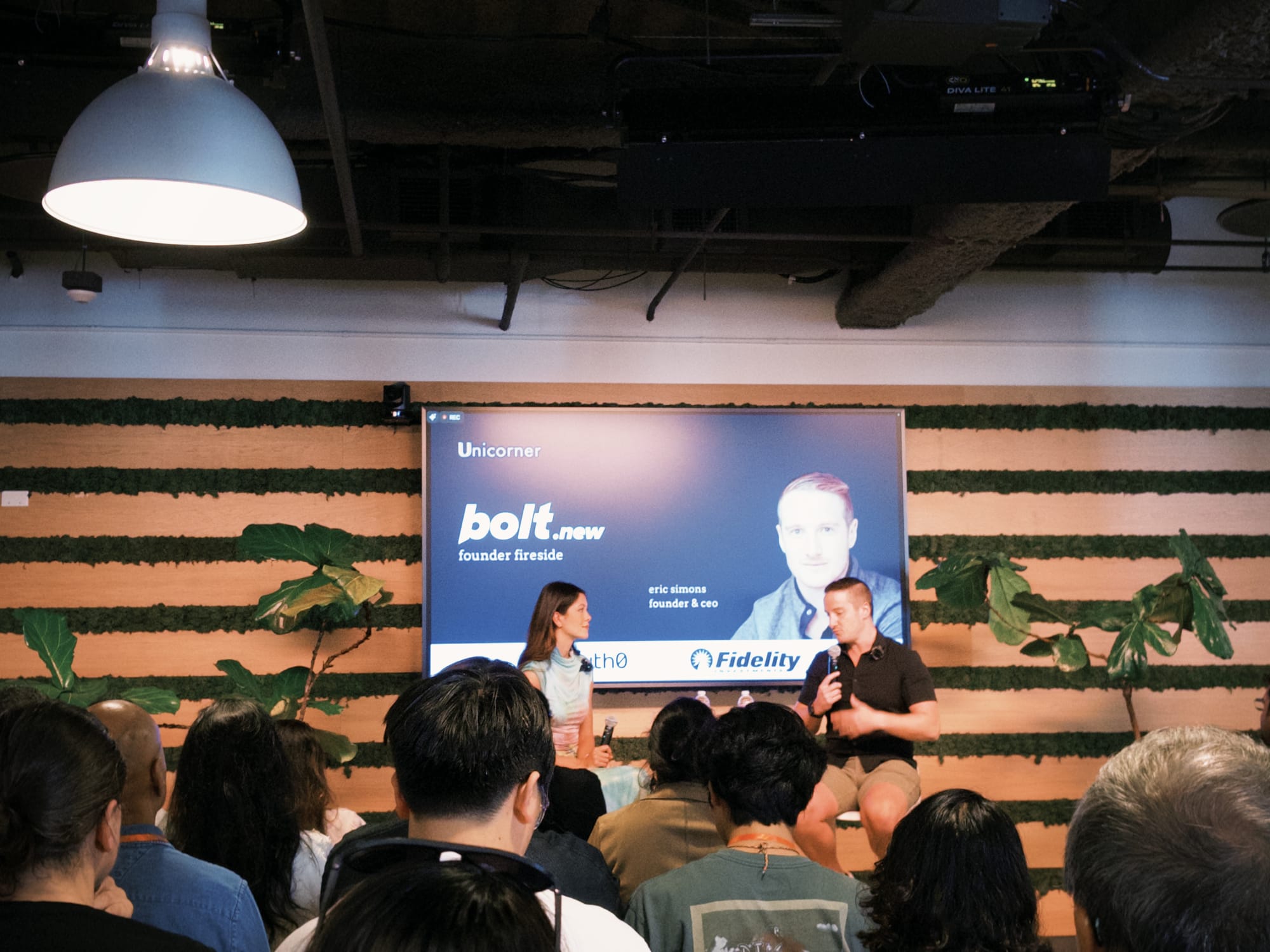
Eric, the founder of bolt.new, started with his own journey on building products. He mentioned that during his 15 years of founding startups, there’s a lot of stress where he was always headaching for tractions, several pivoting etc. Here’s some of the highlights:
- Putting visibility on the “existence” of the product, as in how does this help the users
- Eric mentioned that they highlighted a lot of user stories since they rolled out, sharing how bolt.new support and empower the users, and this will eventually loop back to reenforce the brand tagline
- The distribution of resources matters, vibe coding doesn’t solve this issue
- For vibe coding era founders or simply vibe coders, the struggle often comes in after the MVP is built. Then you faced the struggle of scaling, operating and all the tasks coming alongside
- Vibe coding compressed the process of building but did not change the process and criteria of building a good product
- Generally for startups, it’s always you verses you
- As it comes in with benchmarking with competitors, Eric’s take is to focus on the vision and looking for do better the the previous version of your own product. Layer from the pre-acquired insights and iterate on that, pivot if possible.
- A great founder always know how to build the right community around themselves, as in to create an environment where people follow them to build up the best product
Sorry for the delayed post, and I am going to go further detailed with my reflection on growth on the Glue build in public practice and Gamma’s live drone show in the following post.

